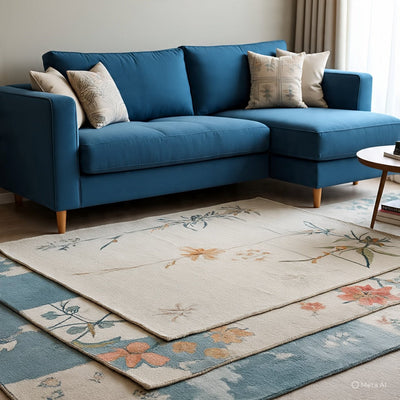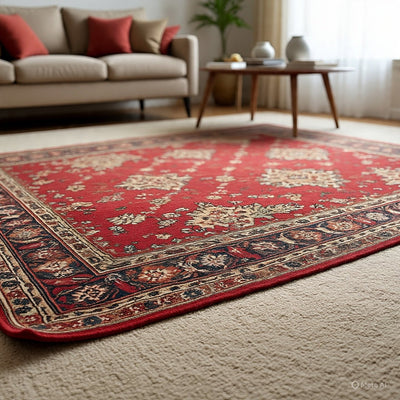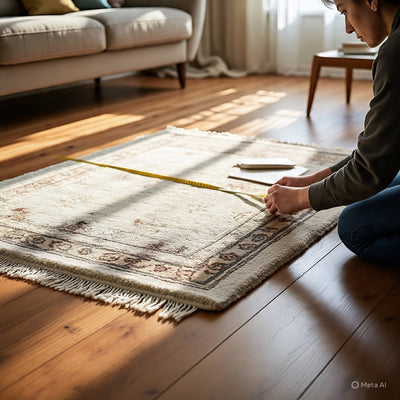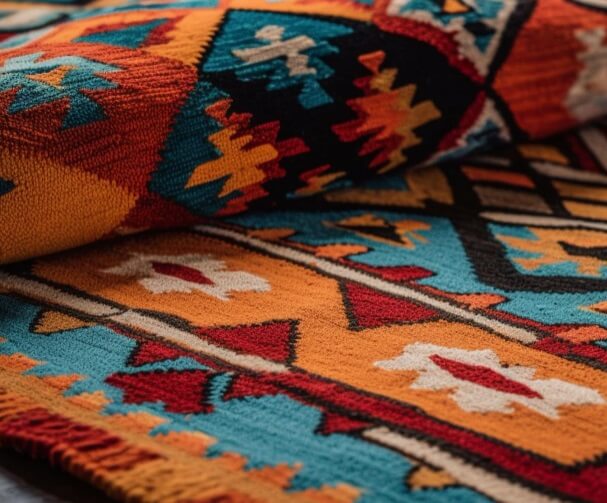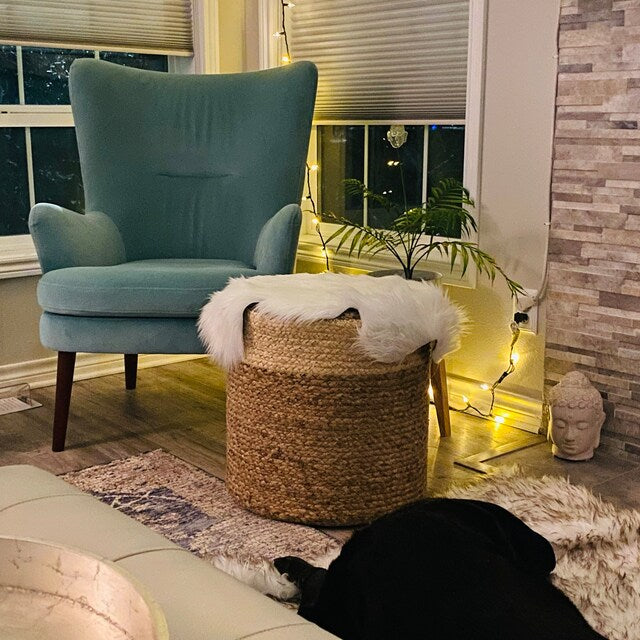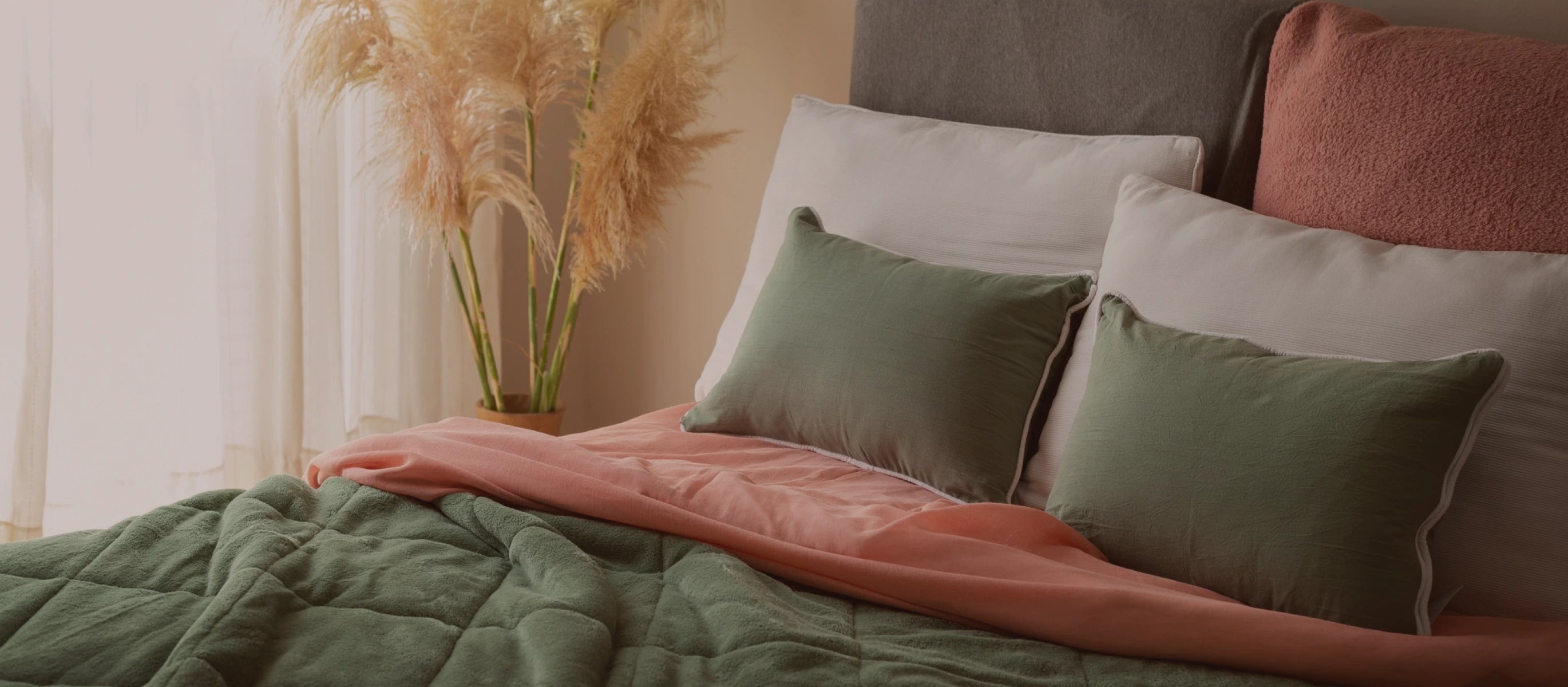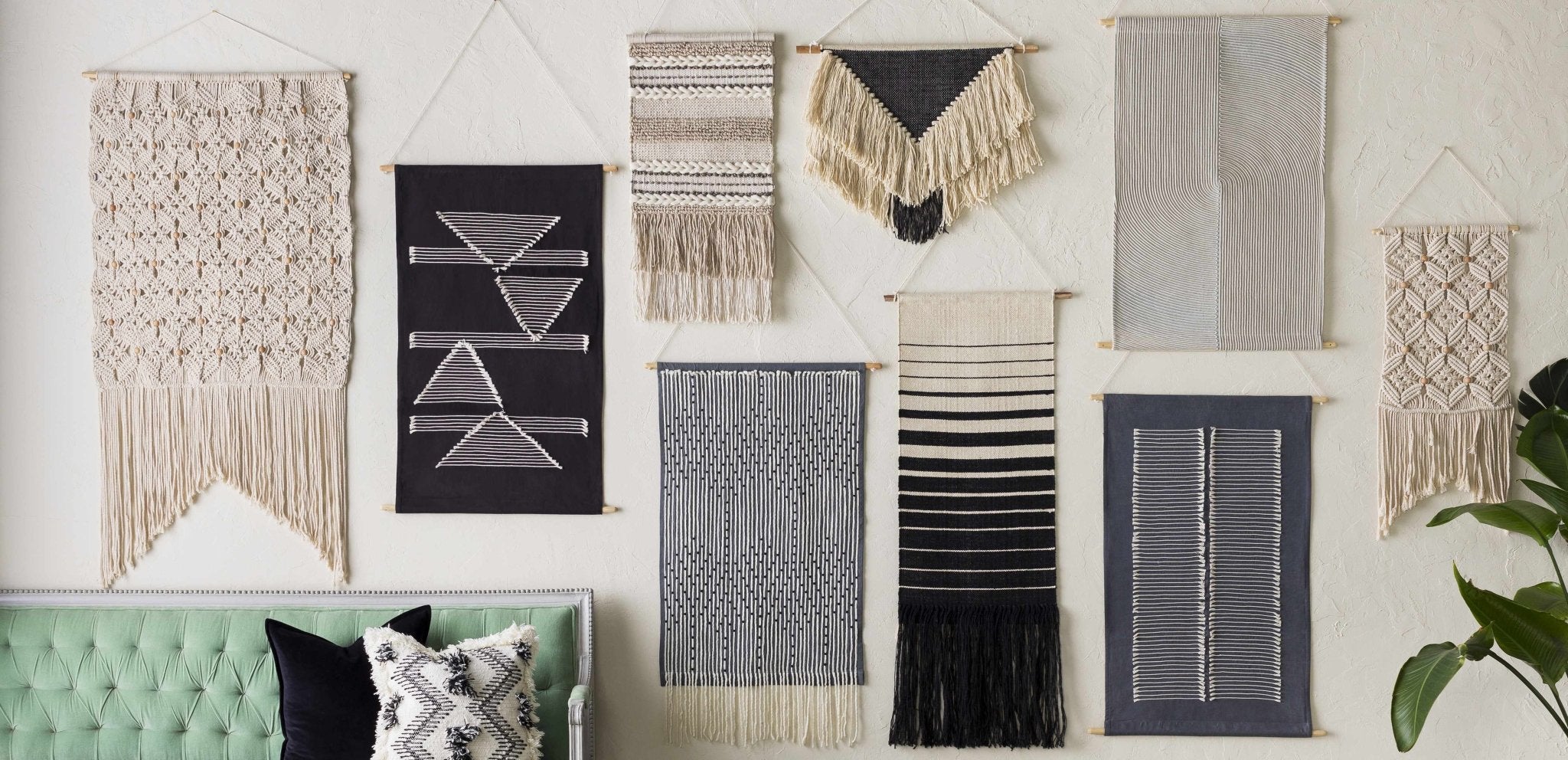How to Dry Wet Carpets?
Having a wet carpet at home is a major concern and it requires your immediate attention too. No matter what the reason for the wetness is, it can result in serious accidents. Apart from physical hazard chances, the growth of mold and harmful bacteria is another concern because the spread happens faster than you can even think of. In this post, we will guide you on how to dry wet carpet using the most impactful methods. Starting from the overall drying process, to removing odors, and of course ensuring that the look of the rugs remains intact, we will talk about it all in this blog.
A damp or wet carpet is nothing but an effective breeding ground for several problems and infections. There is a risk of mold growth, and odor that comes along with it. So, if you want to know how to dry wet carpet fast, it has to start with the initial drying using dehumidifiers and fans. While air drying is always a great option, but the process is not a very quick one.
Also read: How to clean a rug?
Keep reading till the end to find out DIY hacks and methods, incorporating technology, and understanding various situations when it comes to drying wet rugs. Whether you have to deal with a major situation such as a flood or just a minor spillage, here is all the information you require to remove wet carpet smell and dry them well.
How to dry slightly damp carpet?
Knowing how to dry wet carpet fast even when it has slight wetness is important as ignorance may lead to mold growth and infections. In this section of our wet rug cleaning and drying guide, we'll look at techniques to ensure the most effective results.
Immediate attention is mandatory
The key to avoiding future problems with even slightly damp carpets is to act immediately. The first step is to find the root cause of the wetness, which can be a spilled drink, a minor leak, or excessive humidity. The sooner you attend to the wetness, it is less likely to worsen.
Dry the extra moisture first
Begin by wiping the affected area with absorbent items such as clean towels or paper towels for slightly damp carpets. Now, apply light pressure to absorb as much moisture as possible. If the wetness has not happened too long back, consider layering dry towels over the affected region and adding weight to improve absorption.
Let the air come in
Ventilation is essential in drying slightly moist carpets. Open windows and doors to allow air to circulate. Make good use of fans to improve airflow in the area where the carpet is placed. This not only helps with drying but also is an excellent solution to remove wet carpet smell, which can occur in cases of wetness.
Natural sunlight can work wonders
Use natural sunlight to your advantage, especially if the weather is fine. Sunlight is a natural dehumidifier and that’s how to dry wet carpets fast. For this, you have to place the carpet in a location where it will receive direct sunlight, which will help in both moisture reduction and disinfection of the wet area.
Invest in good dehumidifiers
If the wetness persists, think about purchasing a dehumidifier to remove excess moisture from the air. In enclosed locations, dehumidifiers can speed up the drying process considerably. For best results, make sure the room is well-ventilated even when you are using the machine.
Remove furniture from the wet area
Remove furniture legs on tiny blocks or furniture coasters to prevent further harm to the slightly wet carpet and to improve airflow. This allows air to pass beneath the furniture, helping in the drying process.
Try doing steam cleaning
Steam cleaning might be a reasonable solution for carpets that are only slightly damp and not too wet. Steam cleaning not only removes remaining moisture from the carpet but also sanitizes it, lowering the chance of mold formation. To avoid residual dampness, make sure the carpet is properly dried after steam cleaning.
Check on the drying process on a regular basis. If the wetness persists after the initial efforts, you can repeat the above steps. Consistent monitoring ensures that any leftover moisture is treated as soon as possible, preventing the development of more serious issues.
How to dry soaking wet carpet?
While dealing with a soaked wet carpet, you must focus on prompt and careful treatment to avoid major damage and mold growth. In this section of our guide to learn how to dry wet carpets, we'll go over a step-by-step procedure for dealing with a totally drenched carpet.
Remove every bit of excess liquid
The first and most important step in drying a wet carpet is to extract as much excess liquid as possible. To absorb the same, use a wet/dry vacuum, towels, or rags. Begin by focusing on the damaged area and work your way outward. Besides, gentle pressure helps in the absorption process and fetches faster results.
Remove all furniture from the area
Remove furniture legs by placing them on blocks or furniture coasters if the liquid has harmed a significant area. This minimizes further damage to the carpet and improves airflow, which aids in the drying process.
Create better ventilation
Open windows and doors to improve airflow. To improve ventilation in the afflicted area, strategically place fans. Proper ventilation accelerates moisture evaporation, which contributes greatly to the drying process.
Use of good dehumidifiers
Dehumidifiers should be used to remove excess moisture from the air. This is especially important in enclosed environments with little ventilation. To enhance its effectiveness, place the dehumidifier in the center of the room. To maintain smooth operation, empty the collected liquid frequently to speed up the drying process.
Steam extraction or wet/dry vacuuming
Consider utilizing a professional-grade carpet cleaner with a steam extraction option for heavily wet carpets. A wet/dry vacuum can also be used to extract water from the carpet fibers. To reduce the chance of leftover moisture, ensure full covering and extraction.
Use rags and towels for absorption
To absorb additional moisture, place clean, dry towels or rags over the damp carpet and walk over them. Repeat using fresh towels until the excess liquid is absorbed and there is only little dampness left.
Apply baking soda or borax
Sprinkle baking soda or borax on the moist carpet generously. These components not only absorb moisture but also help to prevent the growth of smells and mold. Allow them to settle for a few hours before vacuuming or blotting them away.
Industrial fans can help a lot
Industrial-grade fans can be extremely effective in cases of major water damage. Place these fans strategically to increase airflow over damp carpet. This is especially useful in larger spaces or when faster drying is required.
Seek professional help if needed
Consider seeking expert help if the wetting is severe or if DIY efforts fail. Professionals with water damage restoration experience and equipment can analyze the amount of the damage and perform appropriate drying and restoration techniques.
How to dry carpet after a flood?
A flood can cause heavy damage, and the aftermath sometimes includes the difficult chore of drying and recovering wet carpets too. In this section, we'll go over a precise and systematic method for drying carpets after a flood.
Safety comes first
Prioritize safety before beginning any repair operations. Check for electrical risks in the flooded area. If you have any concerns regarding safety, get professional advice before proceeding.
Get rid of any standing water
Begin by quickly eliminating any standing water. To remove the majority of the water, use a wet/dry vacuum, submersible pump, or other water extraction gear. Now you have to work your way from one end of the damaged region to the other.
Remove furniture and other items
Elevate furniture legs and remove items from the affected area, just as you would with a soaking wet carpet. This improves ventilation and prevents further damage.
Water extraction from carpet fibers
To extract water from the carpet fibers, use a wet/dry vacuum or a professional-grade carpet cleaner with a water extraction option. Work in portions if necessary to provide full coverage. Rep this procedure until the carpet feels noticeably drier.
Remove the carpet padding
The padding beneath the carpet may be severely damaged by floodwater and must be removed in many circumstances. Carefully lift the carpet, separate the padding, and discard it. Depending on the amount of the damage, replacement may be required.
Disinfect and clean
To remove any dirt and bacteria from the floodwater, thoroughly clean the carpet and the floor beneath it. Cleaning should be done with a gentle detergent and water solution. Disinfect the area with a mixture of water and bleach, using proper safety ratios.
Improve the ventilation
Open windows and doors to improve ventilation. Make judicious use of fans to improve airflow throughout the space. This will speed up the drying process by assisting in the evaporation of remaining moisture.
Use dehumidifiers
Dehumidifiers should be used to remove excess moisture from the air. This is especially critical in enclosed environments with little ventilation. Dehumidifiers should be properly placed to cover the entire affected area.
Consider industrial fans
Industrial-grade fans can give additional drying power for substantial water damage. Place these fans strategically to increase airflow over damp carpet. This is especially handy in larger spaces or when quick drying is required.
Seek professional help
Consider obtaining expert assistance if the flooding is severe or if DIY efforts fail. Professionals in water damage restoration have the knowledge, equipment, and resources to treat substantial flood damage and conduct effective drying and restoration techniques.
Patience is the key
Drying a carpet after a flood is a time-consuming and technical task. Allow the carpet to dry completely before considering any repairs or replacements. Incomplete drying and potential long-term complications may come from rushing the process.
